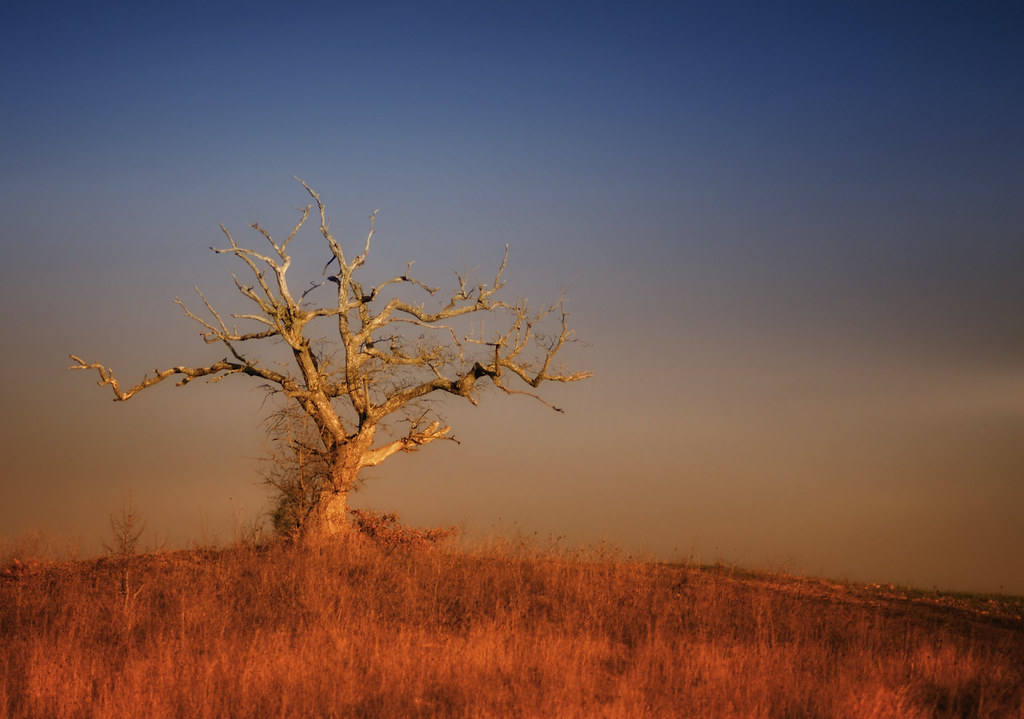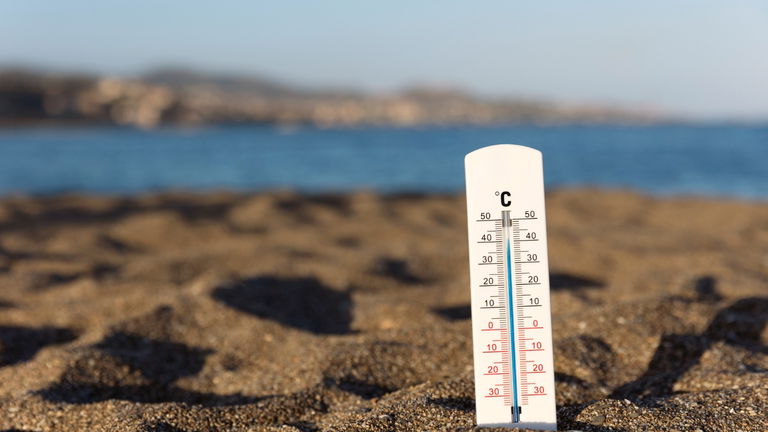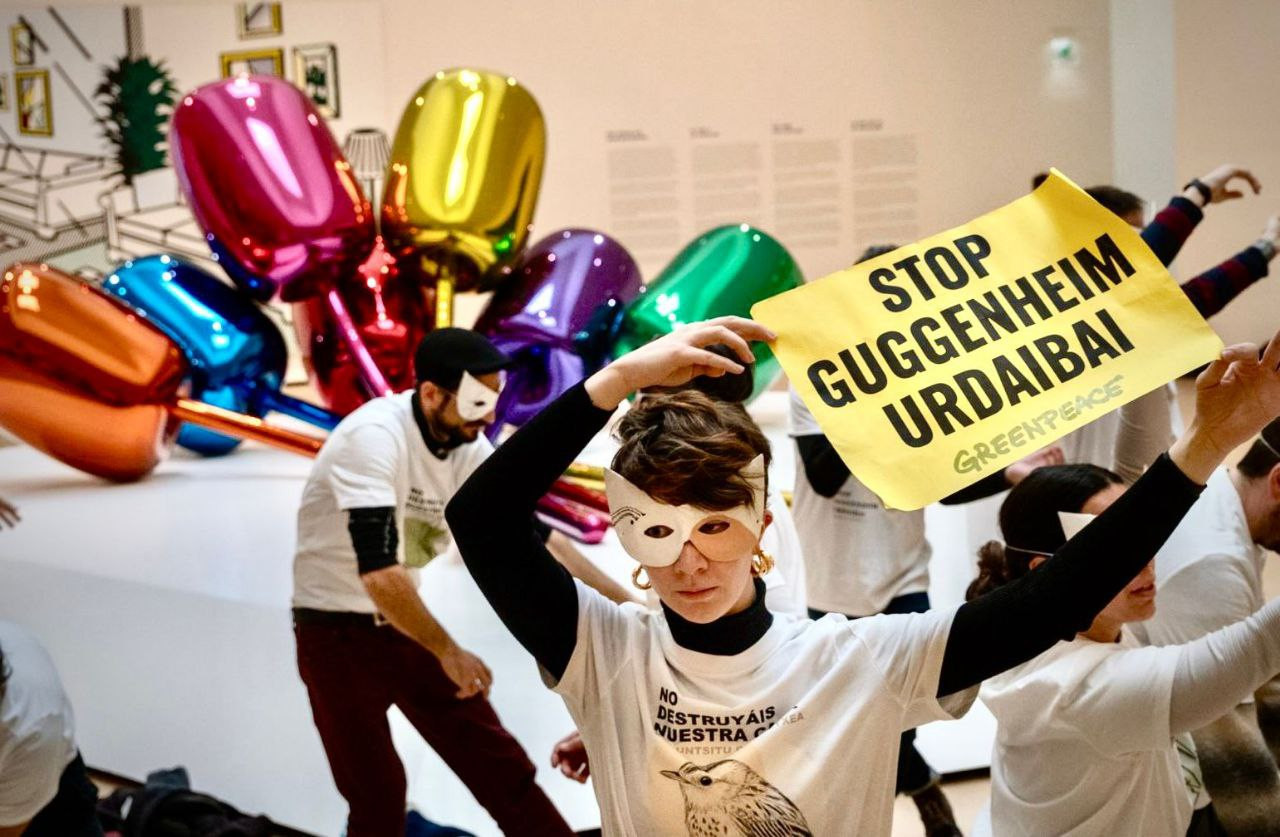Bangladesh shows us its possibilities and limitations to adapt to the collapse
- Bangladesh is, by its geography, a country with high population density and very vulnerable to extreme weather conditions. In the face of marine aggression and the weakening of rivers, various initiatives have been launched from there to protect the coast. However, adaptation can only work within limits, and although the achievements of the indigenous peoples and NGOs are good, without international solidarity in this century mass migration in permanently submerged lands cannot be avoided.
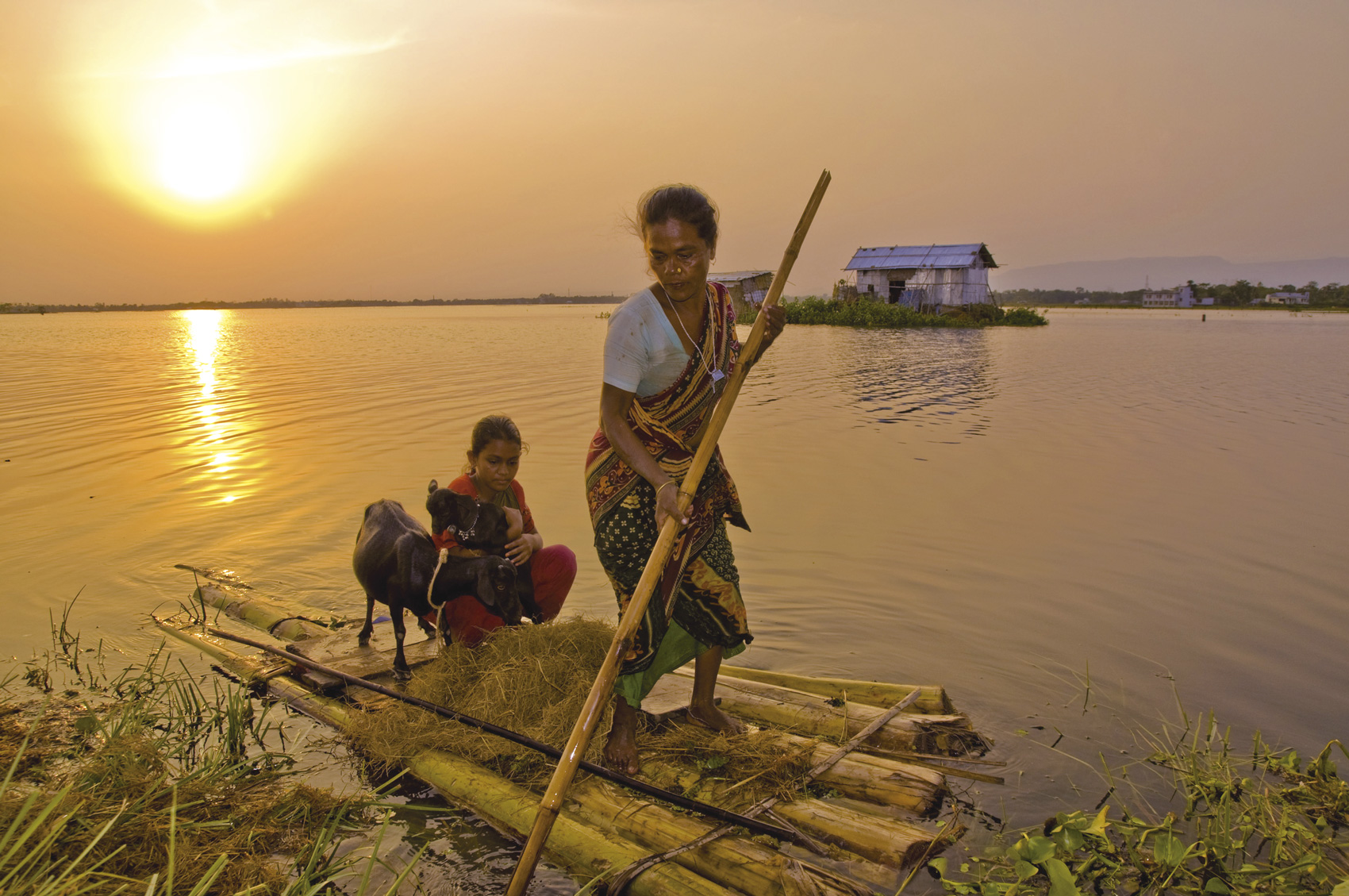
Bangladesh is located in the largest delta in the world, the Ganga River. Thanks to the sediments provided by the Ganga and Brahmaputra rivers, it has one of the most fertile lands in the world, which has caused 170 million people to live in this country that has only seventh place on the surface of the Basque Country. Its margins are very smooth and its height is low: if the sea level rises by one meter, 10% of the territory would be submerged intermittently or permanently and the salt water would penetrate further inland. If this were not enough, the most vulnerable country in the world to tropical cyclones is Bangladesh, which, besides being humble, is on the margin of the Gulf of Bengal, where frequent cyclones and associated stormy tides occur. The ocean also produces monsoons that often cause flooding. It is no wonder that the coast of Bangladesh is one of the most fragile areas in the world.
According to economist Qazi Kholiquzzaman Ahmad, in 2050 refugees can be between 50 and 60 million. According to the Bangladesh’s Soil Resources Development Institute, between 1947 and 2009, 1,056 million hectares, equivalent to half the area of the Basque Country, have been landed, and soil salinity has increased by 26% in the last 35 years. On the island of Gabura, people no longer have fresh water and have to travel long daily distances in search of water. As the crop produces nothing by salt, an increasing number of people grow shrimps or prawns, in the absence of other solutions, with the consequent marginal damage: the disappearance of mangroves.
The coast in search of solutions
These conditions conditioned the development of a very unique ecosystem, in which the largest mangrove in the world is located, the Sundarbans forest, the UNESCO world heritage, the Ramsar area and the biosphere reserve. The two main tree species of the site, called sundri and gewa bengaliers, live in the intertidal area, with some of its roots in the air during the low tide and those roots in the high tide. Its capacity for development in these saltwater slums has allowed the creation of a rich ecosystem that houses 453 species. But how long? The Global Nature Foundation has launched a programme for the development of integrated mangrove aquaculture to protect this and to ensure sustainable locust production. In this case, before removing the mangroves, they are transplanted into the nurseries themselves, where the prawns grow, selling later under certification. Although this does not address export dependency, it at least relinks mangrove replanting with short-term interests. At a higher level, however, the protection status of these mangroves is obsolete, as current salinity conditions have shifted the habitats of the main species inward and the lack of update of the protection areas will hinder the protection of the ecosystem.
In the Southeast, on the island without mangroves of Kutubdia, artitial reefs have been planted for the development of oysters. According to an experiment led by marine biologist Mohammed Shah Nawaz Chowdhury of Chittagong University, reef oysters can reduce erosion by 54 percent, accumulate 29 centimeter sediments in one year inside the reef, and foster the development of offshore marshes. Among the collateral benefits are the presence of barrels, crabs of mangroves and several species of fish that can be used by local fishermen. According to Chowhudry, a small reef can generate benefits for both families from catches of this crab.
In addition to the coast, coastal land also includes areas affected by sea level rise and salt. Some of them were submerged for seven months a year. To combat this, a group of peasants from the Mugarjhor region revive an old technique: floating orchards. These structures are made of bamboo and normal water hyazinth, between 60 and 120 centimeters high. They accumulate wood chips and coconut fiber as fertilizer, and pumpkin, spinach or ochra seeds. Men bring these almadys into the water, but women prepare them, taking on that hard work of months. In addition to the initiatives of Auzolan, the Bangladesh Rice Research Institute (BANGLADESH) has created new types of rice, which can grow on lands with three-way salinities other than traditional ones.
Poor collaboration increases gender imbalances
Although Bangladesh has developed inventions with local resources, they basically have material support to do less. According to Fazle Rabbi Sadeque Ahmed, spokesman for the development organization Foundation, Palli Karm-Sahaya, the developed countries have so far reached Bangladesh with very few funds committed at the United Nations level. This affects women more than men. In fact, according to a study by the International Organization for Environment and Development, families headed by a mother are poorer and should devote more of their benefits to disasters than those of a parent, twice as much. Where there is no fresh water, it is women who have to make miles every day to cause the water. And with the care of the children in charge, they don't have the same ease of movement as men, so they're more vulnerable. All of this, at the moment, is still at a blind angle of decisions.
Today’s Venice is built on an archipelago of 118 islands. These islands are connected by 455 bridges. The city is based on mud rather than Lura. Millions of trees in the area were cut down from the 9th century onwards to build piles and cement the city. Years have passed and... [+]
Lurrak guri zuhaitzak eman, eta guk lurrari egurra. Egungo bizimoldea bideraezina dela ikusita, Suitzako Alderdi Berdearen gazte adarrak galdeketara deitu ditu herritarrak, “garapen” ekonomikoa planetaren mugen gainetik jarri ala ez erabakitzeko. Izan ere, mundu... [+]
Eskola inguruko natur guneak aztertu dituzte Hernaniko Lehen Hezkuntzako bost ikastetxeetako ikasleek. Helburua, bikoitza: klima larrialdiari aurre egiteko eremu horiek identifikatu eta kontserbatzea batetik, eta hezkuntzarako erabiltzea, bestetik. Eskola bakoitzak natur eremu... [+]
Agintari gutxik aitortzen dute publikoki, disimulurik eta konplexurik gabe, multinazional kutsatzaileen alde daudela. Nahiago izaten dute enpresa horien aurpegi berdea babestu, “planetaren alde” lan egiten ari direla harro azpimarratu, eta kutsadura eta marroiz... [+]
Biologian doktorea, CESIC Zientzia Ikerketen Kontseilu Nagusiko ikerlaria eta Madrilgo Rey Juan Carlos unibertsitateko irakaslea, Fernando Valladares (Mar del Plata, 1965) klima aldaketa eta ingurumen gaietan Espainiako Estatuko ahots kritiko ezagunenetako bat da. Urteak... [+]
Nola azaldu 10-12 urteko ikasleei bioaniztasunaren galerak eta klima aldaketaren ondorioek duten larritasuna, “ez dago ezer egiterik” ideia alboratu eta planetaren alde elkarrekin zer egin dezakegun gogoetatzeko? Fernando Valladares biologoak hainbat gako eman dizkie... [+]
Eskoziako Lur Garaietara otsoak itzularazteak basoak bere onera ekartzen lagunduko lukeela adierazi dute Leeds unibertsitateko ikertzaileek.. Horrek, era berean, klima-larrialdiari aurre egiteko balioko lukeela baieztatu dute, basoek atmosferako karbono-dioxidoa xurgatuko... [+]















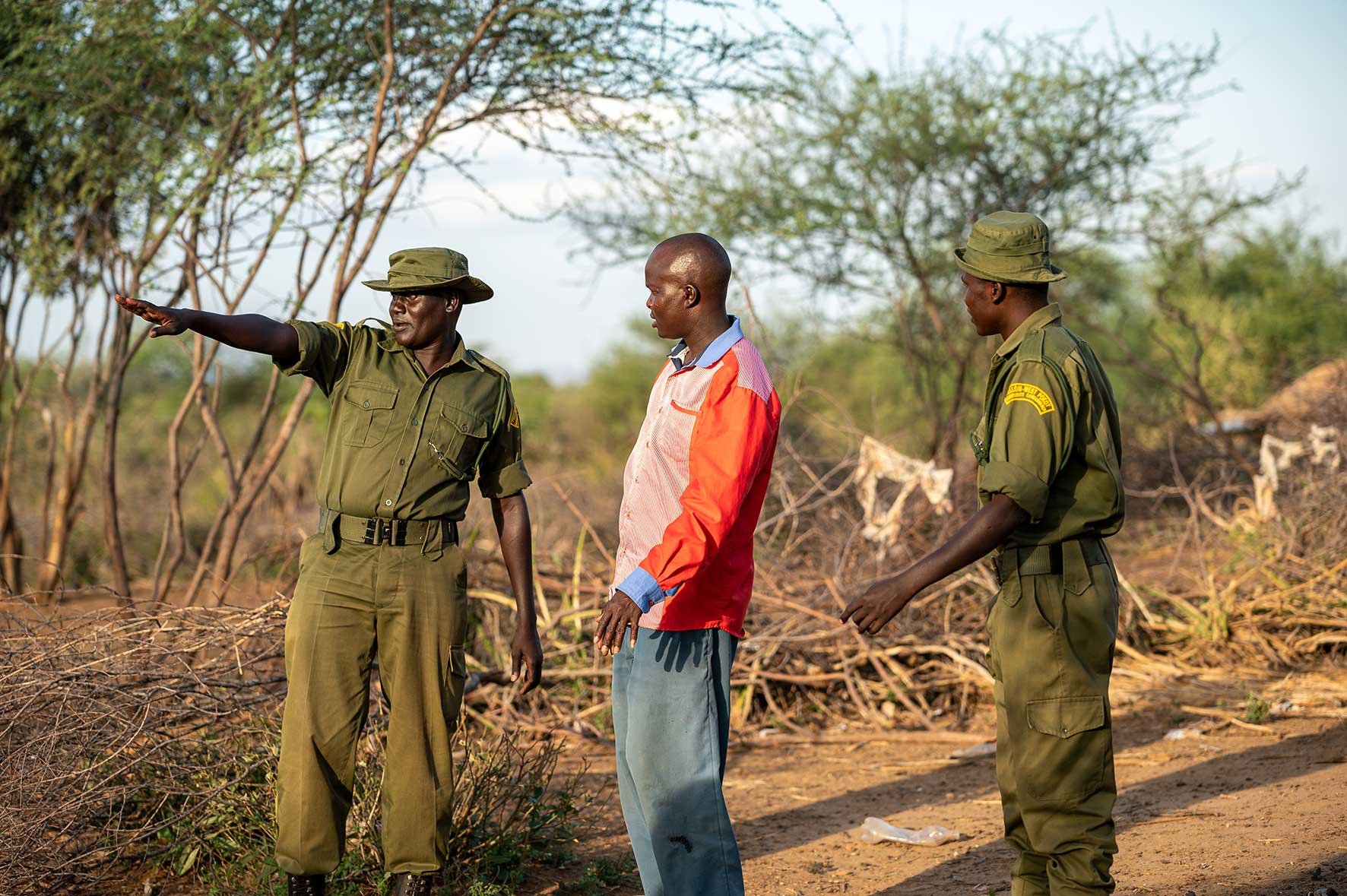
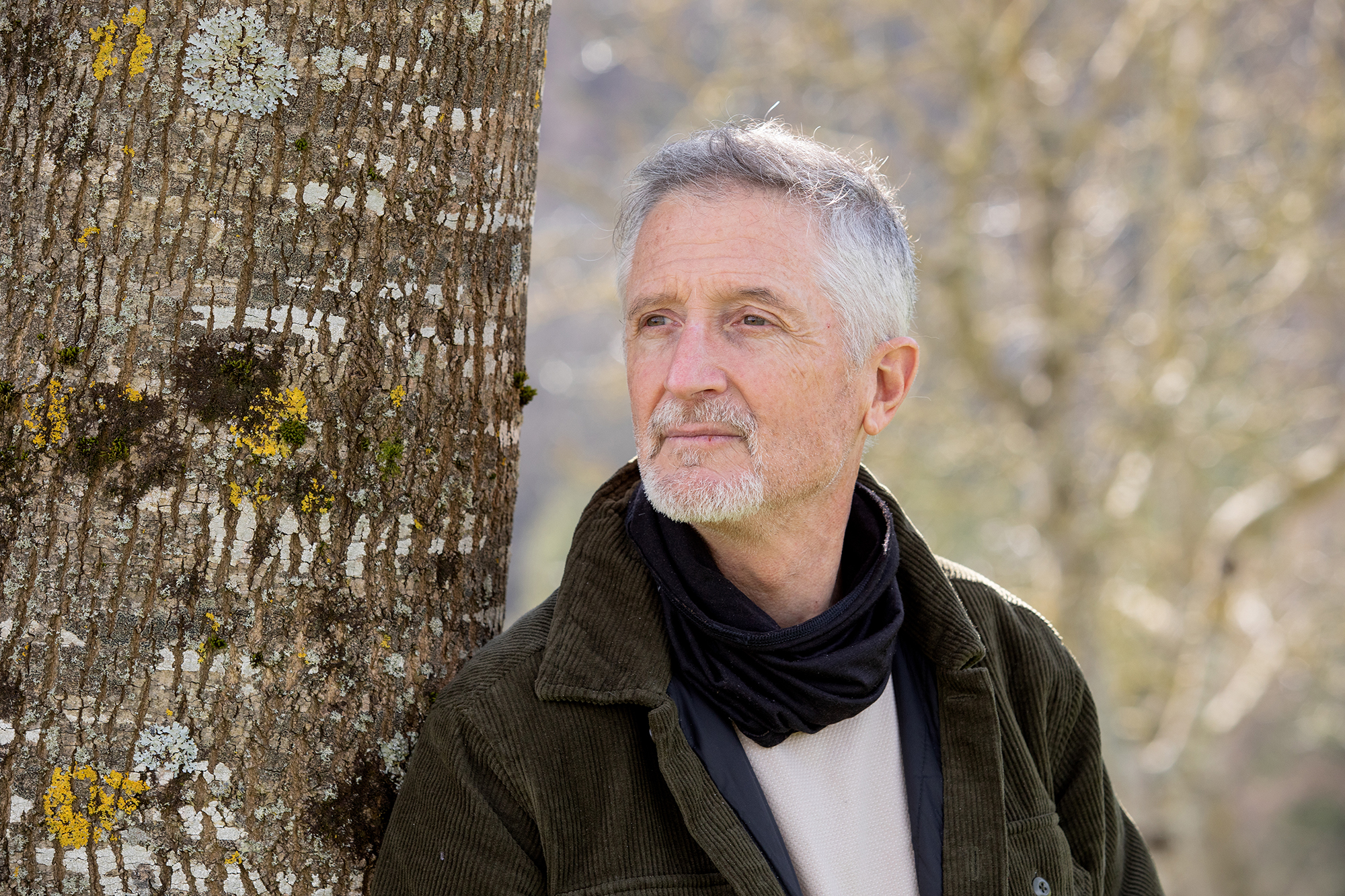


_Glaciar.png)
